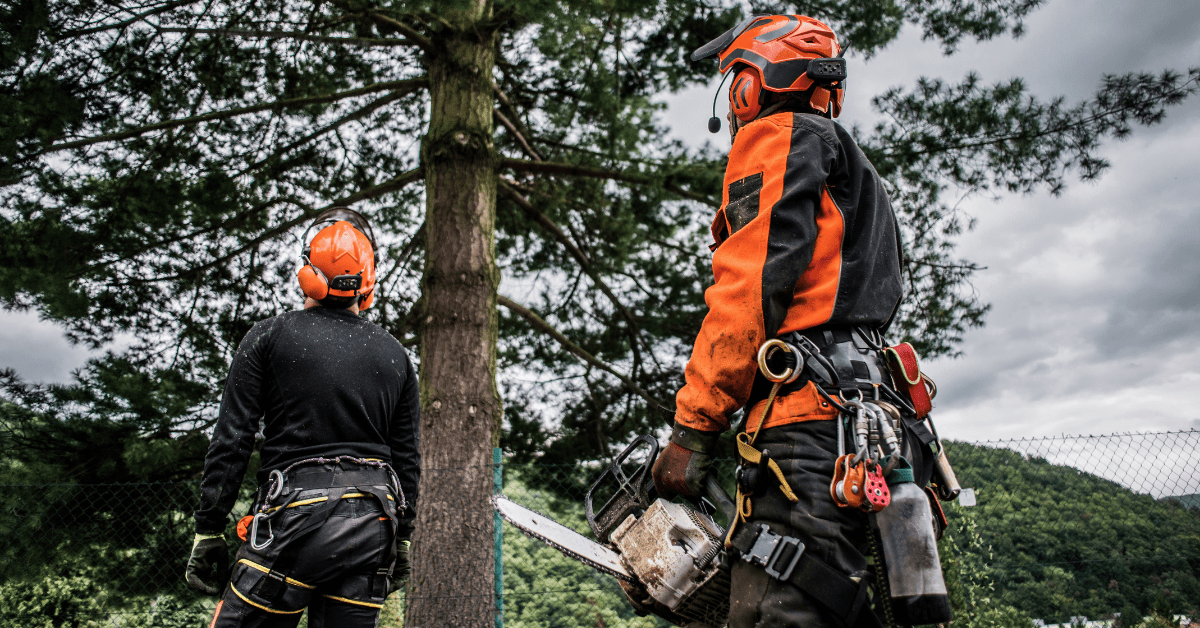
Adding on tree care services to your existing business can be a result of customer demand or a desire to diversify your revenue sources.
One major consideration with the addition of this service is the question of insurance costs and coverage. Because of this, you’ll have to decide whether you want to add a tree care division or create a separate sister company to handle your tree care operations.
“Based on the customer base, size of the existing landscape business, and amount of tree care the company is looking to take on will help shape this decision,” says Drew Garcia, vice president of Rancho Mesa Insurance Services. “Tree care companies can have a niche serving a number of different market segments: utility service, vegetation management, right of way, land clearing, commercial or residential. Each market comes with its own needs. The insurance market will react differently to residential tree care versus utility tree care.”
Garcia says that utility tree care would typically have the highest premiums along with a smaller market of carriers who underwrite those operations, with potential coverage restrictions (exclusions or limitations) and capacity (policy limits).
Because the cost for general liability and workers’ compensation is relative to exposure, this is why tree care tends to be a more expensive service when it comes to insurance.
“If adding tree care to an existing landscape company, communicate this future change to your agent so they can confirm with the carrier that they are able to cover this type of work,” Garcia says. “If they can, you can ask for the associated cost based on anticipated revenue or payroll for tree care operations.”
When it comes to workers’ compensation for tree work, key concerns include falls from elevation, being struck by falling objects in and around the drop zone, chainsaws and material handling. Garcia says these types of injuries could be severe and the insurance carrier needs to make sure they have adequate premiums to cover these exposures.
“For liability, tree care companies face trees and limbs falling on people or property, stump grinding and hitting a utility line, and heavy vehicles driving around to name a few,” Garcia says.
One way to help control tree care insurance costs is to establish a strong safety and training program that prevents accidents and injuries.
“Insurance carriers will use past experience to anticipate future cost,” Garcia says. “If there is no past experience to pull from, it would be important to share with your agent/carrier your plans to minimize risk.”
One thing that is important to note is workers’ compensation has an experience mod factor and it’s likely even if you start a separate tree care business, the loss experience and payroll of each company will be combined. This loss experience of each will impact both companies’ experience ratings, which affects the premium calculation.
Garcia says rating bureaus look at ownership as the major deciding factor to determine if two or more businesses are combinable into one experience mod. This is based on the premise that the owner is responsible for safety and loss prevention programs within the businesses.
Garcia says if you still decide to create two separate companies, consider what market you’ll serve, if you will offer any consulting services which create professional liability and if you will be using any machines that require hydraulic fluids or offer any tree health care services as it is a pollution liability.
“I would recommend they set up a call with their insurance agent,” Garcia says. “Be ready to discuss ownership breakdown, market segment, estimated revenue/payroll, operations, what type of tree care: structural pruning, tree removal, stump grinding along with the type of trees in your general area. Mesquites and palo verdes are typically much smaller than palms and redwoods. This can help shape an underwriter’s opinion of your operations.”

NALP’s safety programs are produced in partnership with Rancho Mesa.


